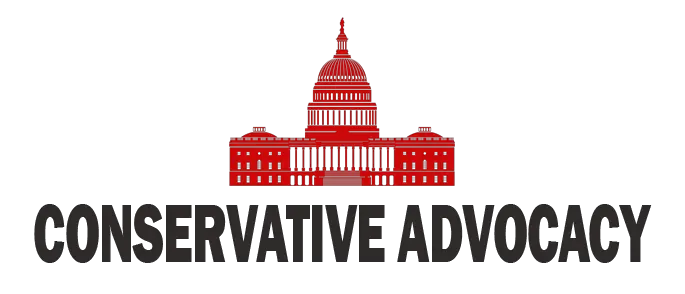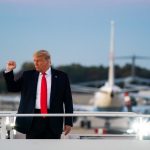The Catholic world is in mourning following the death of Pope Francis, who passed away at the age of 88 on Easter Monday after suffering a stroke and heart failure. His death was announced by Cardinal Kevin Farrell, the Camerlengo, at 7:35 AM local time from the Casa Santa Marta, the pope’s residence in Vatican City. The Vatican has since become the epicenter of global grief, with thousands of faithful gathering in St. Peter’s Square to pay their respects to a pontiff whose twelve-year papacy was marked by both bold reforms and deep divisions within the Church.
Pope Francis, born Jorge Mario Bergoglio, leaves a complex legacy. He was the first Latin American pope and the first Jesuit to ascend to the papacy, shaking up centuries-old traditions from the moment of his election in 2013. His tenure was defined by an emphasis on humility, outreach to the marginalized, and a push for the Church to engage more openly with modern social issues. Francis advocated for migrants, spoke out on climate change, and adopted a more welcoming tone toward LGBTQ individuals—positions that won him praise in progressive circles but stirred significant opposition among traditional Catholics.
Despite his popularity with the media and secular audiences, many conservative Catholics viewed Francis’s papacy as a period of confusion and doctrinal drift. His willingness to challenge established Church teachings on issues like sexuality and his critiques of capitalism and Western immigration policies often put him at odds with the faithful who value the Church’s timeless doctrines and moral clarity. The polarization was especially pronounced in the United States, where Francis’s approach was frequently criticized for undermining the Church’s traditional authority and focus on core moral teachings.
In the days leading up to his death, Pope Francis remained active, greeting crowds in St. Peter’s Square on Easter Sunday and meeting with world leaders, including U.S. Vice President JD Vance. His passing was sudden, but not entirely unexpected given recent health struggles, including a bout with double pneumonia earlier this year. The Vatican has announced that his body will lie in state at St. Peter’s Basilica from Wednesday, allowing the faithful to pay their last respects before his funeral on Saturday, April 26. The funeral is expected to draw a host of world leaders, including President Donald Trump and other heads of state, underscoring the pope’s global influence.
As the Church prepares for the next conclave and the selection of Francis’s successor, many Catholics—especially those with a reverence for tradition—are praying for a return to doctrinal clarity and spiritual steadfastness. Pope Francis’s reforms and progressive gestures may have resonated with some, but they also exposed deep rifts within the Church. The coming weeks will be a time of reflection, not just on the legacy of Pope Francis, but on the future direction of the Catholic Church and its role in a world hungry for both compassion and truth.




